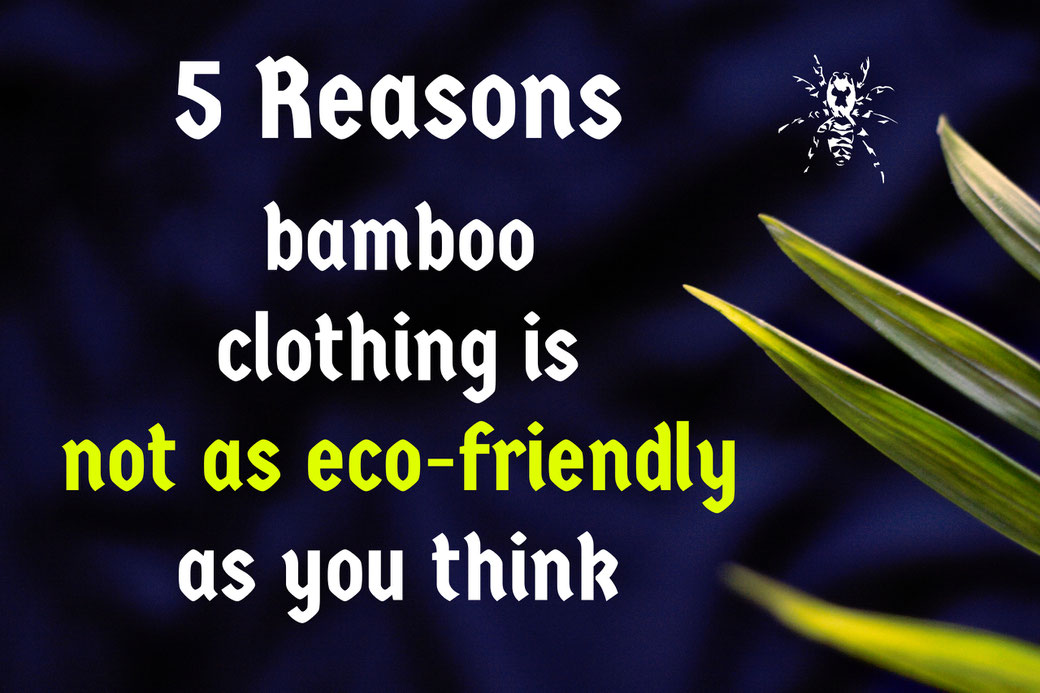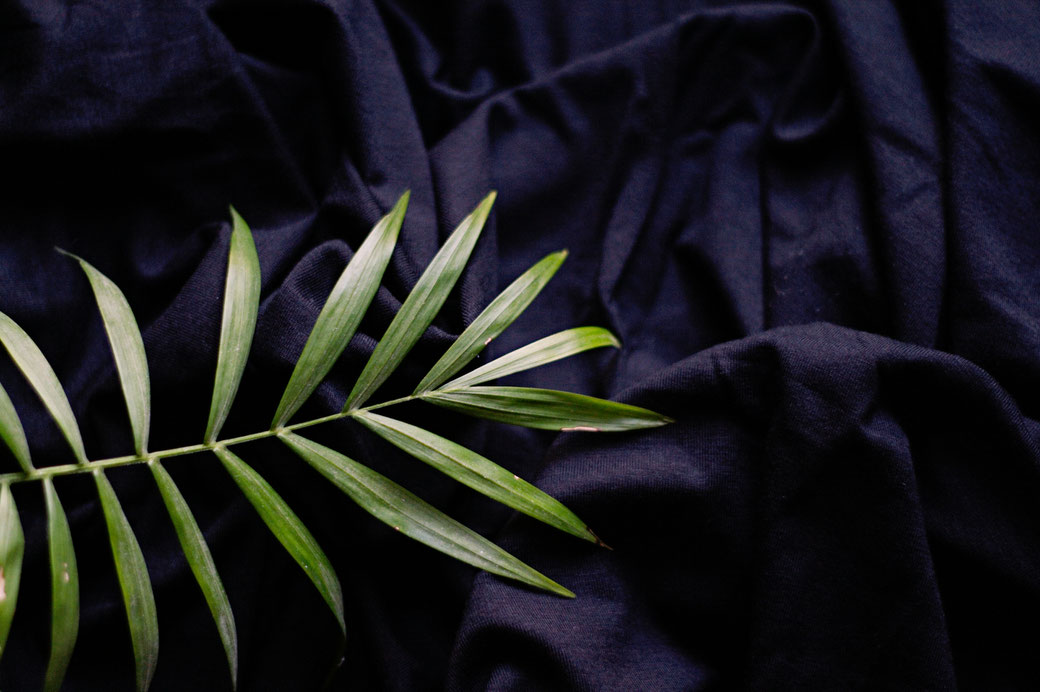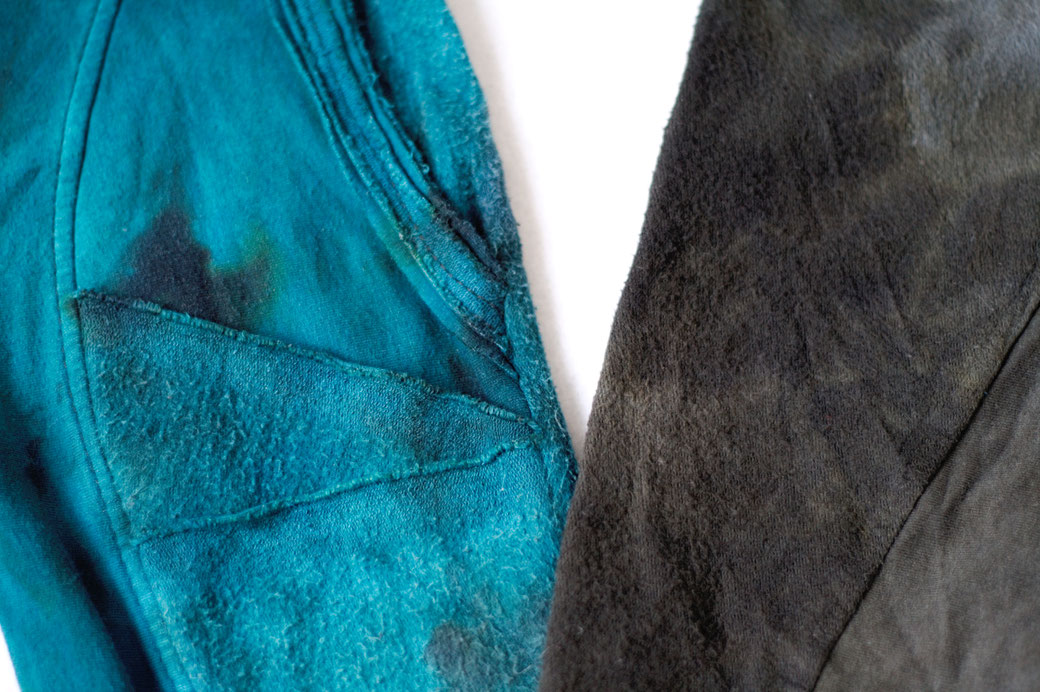If you're just a bit into eco-friendly clothing, you probably came across bamboo. It is often marketed as a sustainable option but without giving further information on why. Let's take a closer look beyond that green bamboo picture, and we'll see some problems. It's not all negative, though. I will leave you with some advantages and links to read or watch more.

1.
It's greenwashing at its finest. Most "bamboo" textiles are actually made from viscose, not the natural plant fibre itself. Viscose is a regenerated cellulose fibre.
Therefore, it has to be labelled as such in Europe and in the US, where it's usually called rayon.
2.
To make any form of viscose, the raw material (bamboo or wood) is shredded and dissolved in harsh chemicals (sodium hydroxide, carbon disulfide). For making the
actual fibres, the viscous solution is then extruded in sulphuric acid into form filaments.

3.
This process needs a lot of water, more than 500 litres per 1 kg of fibre produced. It includes several washing steps and produces wastewater with the chemicals
mentioned above. Depending on the place of production, these might go directly into the environment.
4.
The production of bamboo viscose uses a lot of energy, almost as much as fully synthetic fibres like polyester and nylon. Therefore, they have a much larger carbon
footprint than entirely natural fibres. We also don't really know how much forest clearance is done for bamboo.

5.
The rest of the manufacturing is not certified like GOTS cotton products are. The textiles are bleached and dyed using conventional processes with all their negative
consequences. All the chemicals are harmful to the workers too when not handled safely.
Of course, bamboo viscose also has some advantages compared to other fibres. Being cellulosic and not petrol-based, it is biodegradable. The main plus for bamboo as
raw material is that it grows really fast and doesn't need pesticides (unlike cotton). It also regrows when cut because it's a grass. In terms of water usage, it still needs much less than
conventional, irrigated cotton.

If you leave the big brands aside and go to the designers who make slow fashion, you can get bamboo clothing with a reduced environmental impact. Many make beautiful
clothing and use low impact dyes in small batches on unbleached fabrics. I love that it's so soft and lovely to wear - and still much better than synthetics or conventional cotton.
I do have some bamboo / organic cotton fabrics in my stash, but I generally prefer Tencel. You can find a bit more about that here, but I will write more about eco-friendly materials in the future. What would you like to know?
Sources and further reading:
- "Fashion & Sustainability - Design for Change" by Kate Fletcher and Lynda Grose
- Wikipedia on rayon and bamboo textiles
- Time To Sew Blog on viscose and bamboo
-
Videos on viscose types and
greenwashed bamboo
Zebraspider Updates
Don't miss any new one-of-a-kind design! Be the first to know about shop updates, events and the best blog posts by joining the email list!











Write a comment